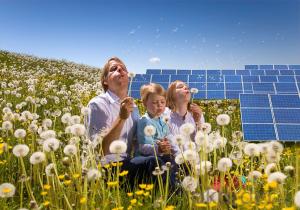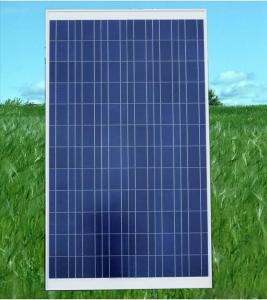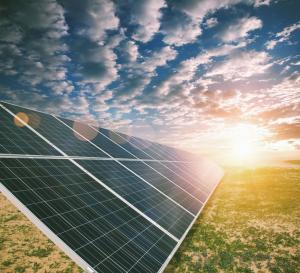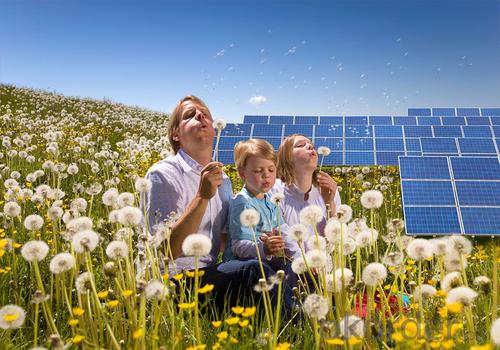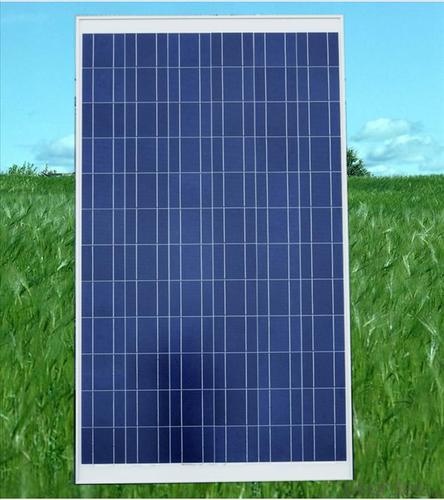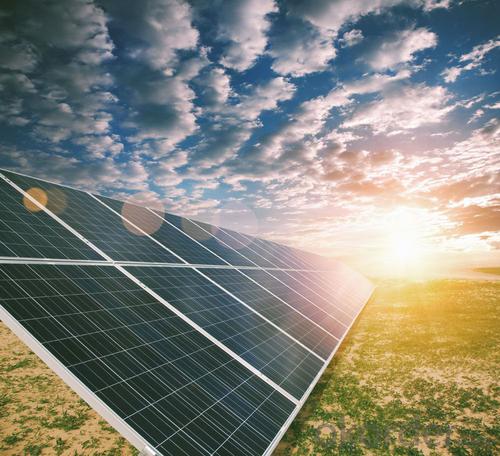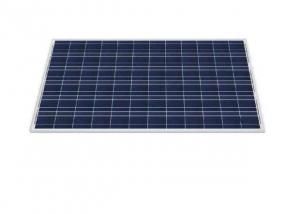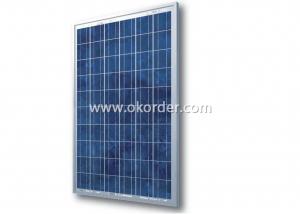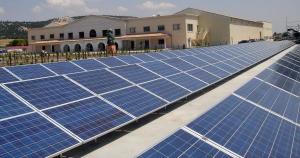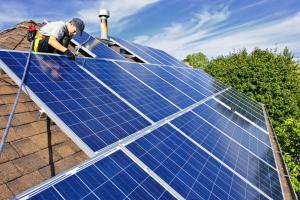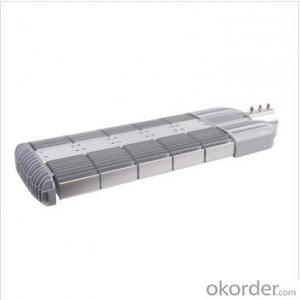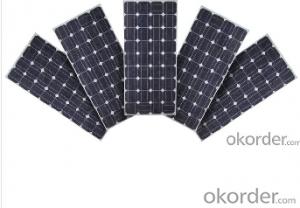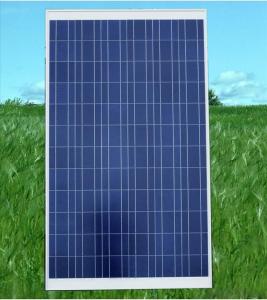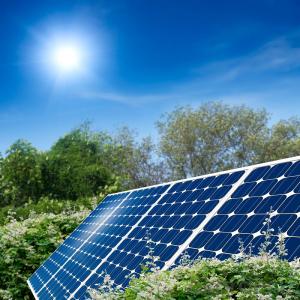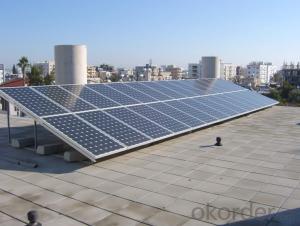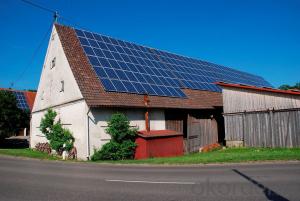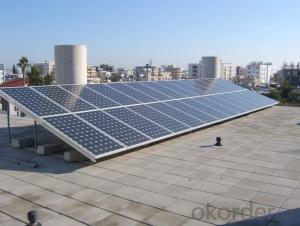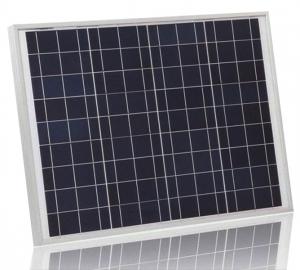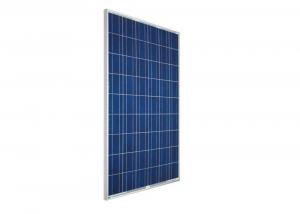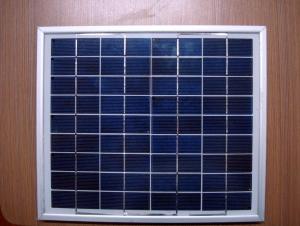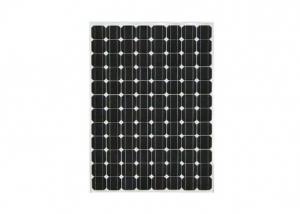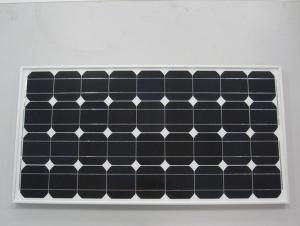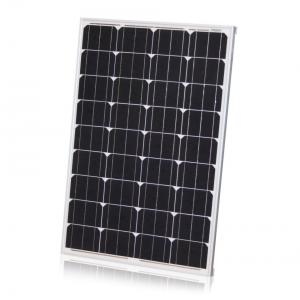305W Polycrystalline Silicon Solar Panels with Battery
- Loading Port:
- Guangzhou
- Payment Terms:
- TT OR LC
- Min Order Qty:
- 200000 watt
- Supply Capability:
- 20000000 watt/month
OKorder Service Pledge
OKorder Financial Service
You Might Also Like
About us
We are a high-tech group wich specializes in solar products design,research, manufacture, sales,solar projects design and installation.
Our national sales service covers seven parts, including northeast, north, east, middle, south, northwest and southwest, international sales covers five continents and over forty countries, including Germany, Italy, Spain, France, America and Brazil etc.
Our present annual capacity is 6 million for wafer, 60MWp for solar cells,200MWp for solar modules and one hundred thousand for solar applications. It is expected that the annual capacity of 2012 will be up to 30 million for wafer, 300MWp for solar cells, 1000MW for solar modules and 2 million for solar applications.
INTRODUCTION
This installation Manual contains essential information for the electrical and mechanical installation that your must know before installing CUSTOMER PV modules. This also contains safety information you need to be familiar with .All the information described in this manual are the intellectual property of CNBM and based on the technologies and experiences that have been acquired and accumulated in the long history of CUSTOMER. This document does not constitute a warranty, expressed or implied.
CUSTOMER does not assume responsibility and expressly disclaims liability for loss, damage, or expense arising out of in anyway connected with installation, operation, use or maintenance of the PV modules. No responsibility is assumed by CUSTOMER for any infringement of patents or other rights of third parties that may result from use of PV module.
CUSTOMER reserves the right to make changes to the product, specifications or installation manual without prior notice.
WORK PRINCIPLE
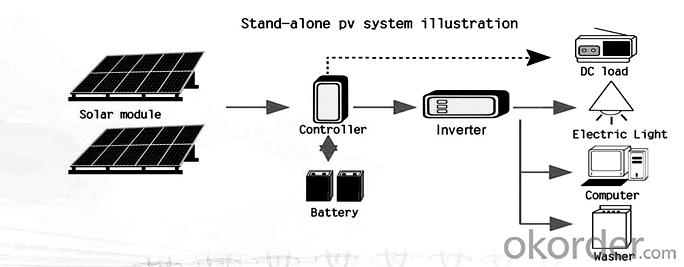
Data sheet
Maximum Power | 305W |
Efficiency | 0.157 |
Backsheet | Silver |
Frame Colar | White |
Manufacture Site | China |
Frame | Anodized Aluminum Alloy |
Weight | 27 kg |
FAQ:
Q1: Why buy Materials & Equipment from OKorder.com?
A: All products offered byOKorder.com are carefully selected from China's most reliable manufacturing enterprises. Through its ISO certifications, OKorder.com adheres to the highest standards and a commitment to supply chain safety and customer satisfaction.
Q2: What is a solar PV module?
A: A solar PV module consists of many solar cells that are connected together (typically in series) and packaged in a frame (typically made of aluminum).
Q3: What are the advantages and disadvantages of monocrystalline solar PV modules?
A: Monocrystalline solar PV modules are the most efficient type of solar PV modules, with the exception of CdTe thin film solar PV modules. As a result, monocrystalline solar PV modules are more expensive when compared to almost all other types of solar PV modules.
- Q: i am trying to figure out how many solar panels can be placed on one acre of land and how much they cost to install
- Prices okorder
- Q: How do solar panels affect the property's community image?
- Solar panels can have a positive impact on a property's community image by showcasing a commitment to sustainability and renewable energy. They can enhance the property's reputation as an environmentally conscious and forward-thinking community, leading to increased respect and admiration from residents and neighbors. Additionally, solar panels can act as a visual symbol of progress and innovation, contributing to a positive perception of the property and potentially attracting like-minded individuals or businesses to the community.
- Q: what is one benifit in a solar panel?
- In the UK, the only real benefit comes from the subsidies given to owners of solar panels. I believe the same is true elsewhere in the world. I suppose smugness might be a benefit though it is not justified.
- Q: who has solar panels on their home and are they worth it
- Well I have some. I think it's a great investment. If you have the money it's totally worth it! If you notice on some street lamps there are solar panels. I am sure the town wouldn't waste there money it must be worth it. Schools are investing in it and lots of business. If I was you I would go for it. I was really happy with the company that did it for m- but they only service New York and New Jersey, not sure were you live. Enjoy saving money!
- Q: I recently got into solar panels, I have little background in electronics but I have done a little electrical work in the past and just want to make a small 36 cell panel to power a 2v battery that would run my a small tv (9 inch) and PS3 for a few hours every night. I have been looking up on how to do it before I get in over my head and I have a few questions.... After you solder all of the cells together then what? Do you hook all of the rows of cells together somehow? Can you connect them straight to a battery? After you hook to the battery do you hook up a power inverter to get the 2 AC plugs that would be needed? Thanks in advance for any help....
- You will have to wire them in such a way that provides the battery with the optimal voltage for it to charge, which on a car 2v battery is around 4v. You said you have some background in electronics so this shouldnt be too difficult. You can connect them straight to the battery yes. Like you said, I believe a power inverter from 2VDC to 0VAC would work just fine. PS3 pulls a lot lot lot of current though so it probably wouldnt last too long. Look up the specs for PS3 and see how many amps it is pulling and purchase your inverter based off of that. I remember trying to run an xbox in my car one time and the inverter I had didnt work because of that. Be careful working with batteries, I had one explode in my face about a month ago.. scariest moment of my life! Good luck!
- Q: How much solar energy does a 2m by a 3m solar panel convert to energy on a sunny day? Assume that the solar cells are 30% efficient.I'm not looking for the answer so much as I need an explanation o how to solve this type of problem... Thanks!!
- You have the area of the solar panel. You know their efficiency. What you need to know now is the energy (per area) delivered by the sun. The energy delivered by the sun can be found on the internet. Earth ,43 – ,32 W/m? (wikipedia) That is offcourse for your solar panels perpendicular to the ray's of the sun. If they are under an angle you should see what the area of the projecton of your solar panel is on a plane perpendicular to the ray's of the sun. So know you have the intensity W/m? and an area (or effective area). Here you go the energy deliverd by the sun. And 30% of it is what you get out of your panels.
- Q: Can solar panels be used in areas with high levels of electromagnetic radiation?
- Yes, solar panels can be used in areas with high levels of electromagnetic radiation. However, it is important to ensure that the panels are properly shielded and grounded to minimize any potential interference or damage caused by the electromagnetic radiation.
- Q: I've been thinking and I'd like to have solar panels installed on my roof at some point to help reduce our electricity consumption- but I live in IL and in the winter it frequently snows. Is there such a thing as heated solar panels so they don't get coated w/ice or snow? Are solar panels even a feasible option in IL? Thank you, Anna
- With state incentives that rank behind only a few states (such as the ones typically associated with solar like Florida and California) somebody definitely thinks solar is right for Illinois. (source is first site below) As for the ice and snow the typical strategy is to have a tilt that allows for only limited accumulation and still has good orientation to the sun. This is frequently talked about in articles in the magazines Homepower and Solar today. Homepower has a site online and some items are free (2nd site) Good Luck
- Q: Can solar panels be used to power a restaurant?
- Yes, solar panels can be used to power a restaurant. Solar panels harness energy from the sun and convert it into electricity, which can be used to power various appliances and systems in a restaurant, including lighting, refrigeration, cooking equipment, and HVAC systems. By installing solar panels, restaurants can reduce their dependency on traditional energy sources, lower their electricity bills, and contribute to a cleaner and more sustainable environment.
- Q: Properties of solar panel?I know this is too general,but i am to write a report on the materials used to make solar panels,and i am to include the physical, mechanical ,and chemical properties of the materials.It's just too general,such that i am lost.There are so many types of solar panels.So i hope some experts on this subject can give me a general guide lines ,maybe the tensile strength ?as much as you can please.
- American scientists have developed a new coating, which allows the solar cells to cool on its own, without relying on costly cooling and ventilation. Coating increases the output power and prolong the life of solar batteries .
Send your message to us
305W Polycrystalline Silicon Solar Panels with Battery
- Loading Port:
- Guangzhou
- Payment Terms:
- TT OR LC
- Min Order Qty:
- 200000 watt
- Supply Capability:
- 20000000 watt/month
OKorder Service Pledge
OKorder Financial Service
Similar products
Hot products
Hot Searches
